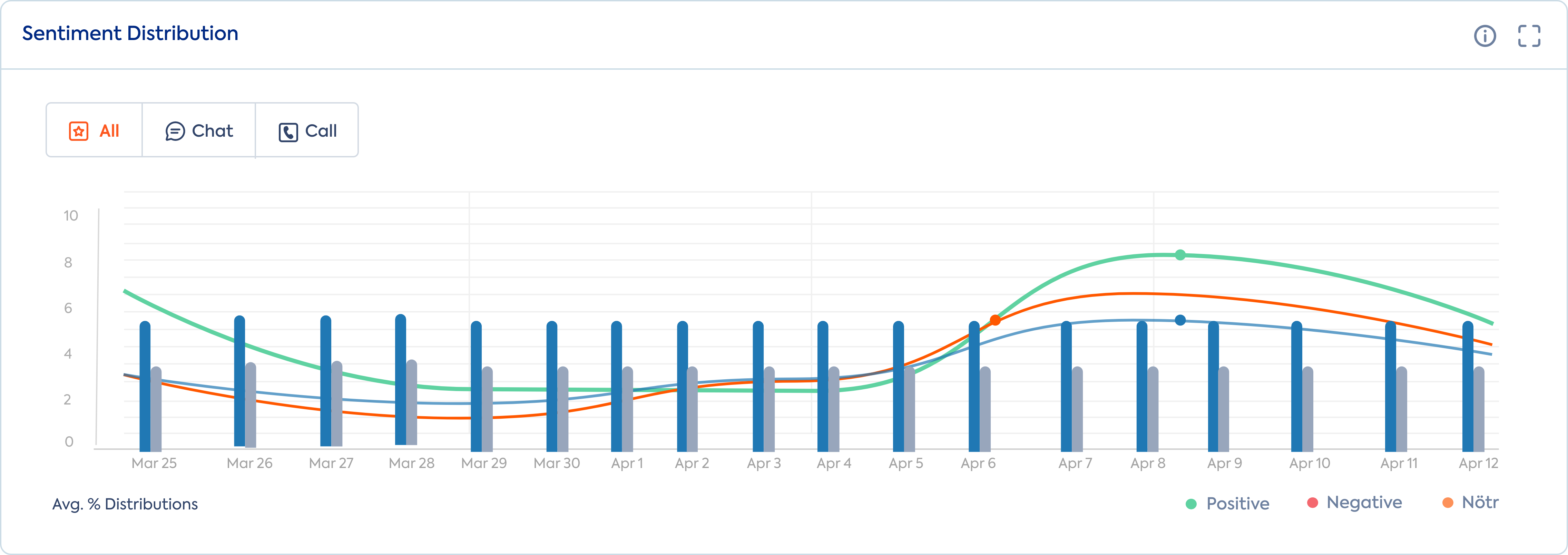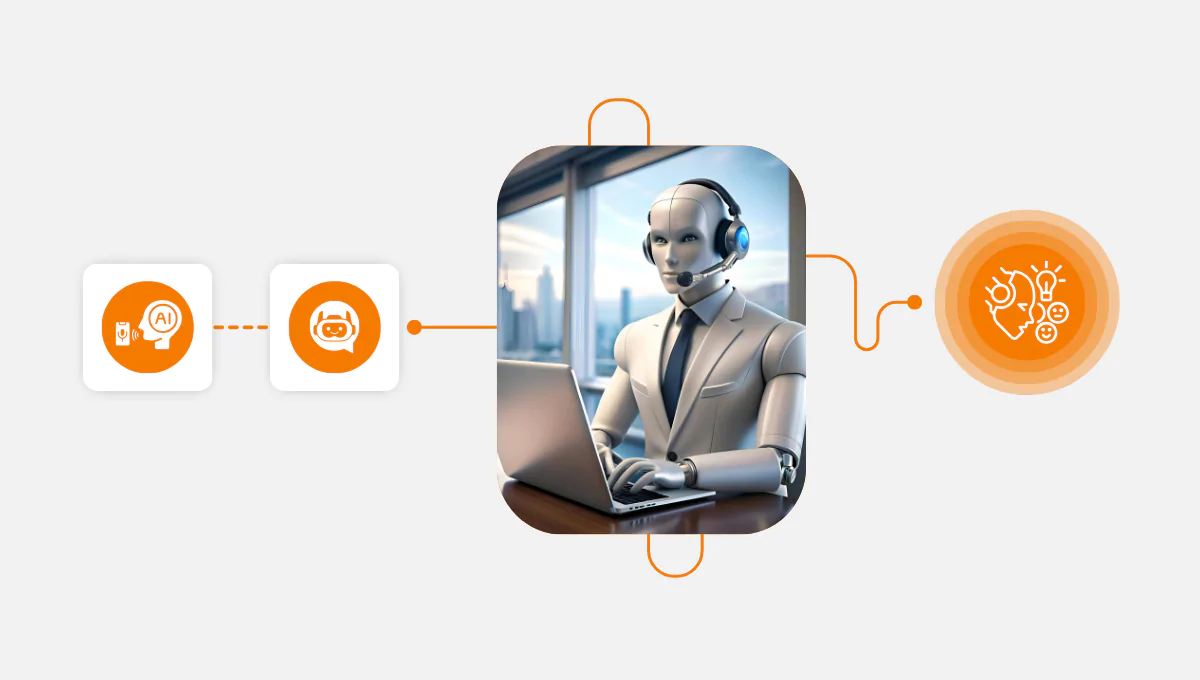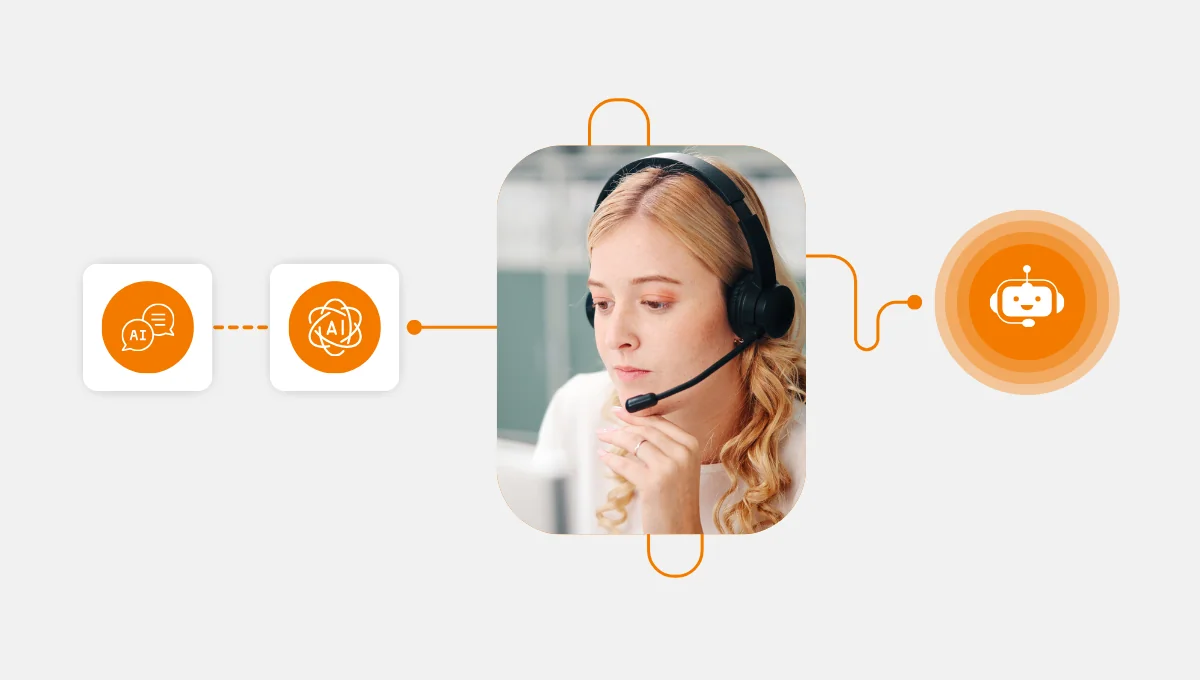Ever feel like customer service has gotten a little… cold lately? You’re not alone.
- 59% of customers feel companies have lost touch with the human element of customer experience, and meanwhile,
- By 2026, 75% of customer service interactions will be powered by some form of AI.
In this automation race, the questions arise:
- Are we also automating empathy?
- Can we teach machines to actually recognize and respond to human emotions in meaningful ways?
Let’s dig into whether AI and empathy can truly coexist, and where the human touch still makes all the difference.
Can AI Understand Emotion or Just Fake It Well?
We’ve come a long way since the days of robotic, monotone IVR menus.
AI systems can now process vocal tones, text cues, and even pauses to identify emotional states like frustration, confusion, or delight. The foundation of what many call machine understanding of emotion is:
- Sentiment analysis tools scan text data (like chat logs or emails) for emotional tone, flagging whether someone sounds frustrated, happy, confused, etc.
- NLP models (natural language processing) decode context, phrasing, and syntax to grasp not just what a customer says, but how they say it.
- Neural networks simulate human-like learning by identifying complex patterns across voice, text, and behavior. This is making emotional detection more nuanced over time.
But at the end of the day, machines don’t “feel.” They interpret data patterns and the algorithmic recognition of emotional signals. That is why the system can get confused when someone uses sarcasm or speaks in a way that reflects their culture.
The Result: AI might know you’re mad, but it won’t always know why. So understanding is still largely a human job.
Empathy Is a Competitive Advantage
Let’s be blunt: AI in customer support is not going away. However, deploying it without a strategy for maintaining emotional connection is a shortcut to churn.
86% of buyers pay more for an empathetic customer experience. This is where emotional intelligence in contact centers becomes more than a theory.
Combining automation with emotional awareness helps brands:
- Reduce escalations by resolving emotional triggers early: Delta Airlines, for instance, uses real-time chat analysis to flag when a customer’s tone shifts, allowing reps to step in before things escalate
- Improve agent satisfaction by offloading emotionally intense inquiries: See how MetLife uses Cogito’s voice analysis software to detect stress and fatigue in real-time, helping agents adjust their tone and flagging difficult conversations for supervisor support.
- Boost CSAT scores by mirroring empathy customers expect: As seen with Zappos, which is famous for letting their reps go off-script to build real emotional connections with customers, including spending hours on calls or even sending flowers.
Empathy is a business lever, and yes, AI can help pull it.

How Humans and AI Handle Emotion Together
AI-human collaboration boosts emotional intelligence by equipping human reps with real-time, data-driven CX insight.
Picture this: a customer calls sounding polite but is flagged by the system as increasingly tense, CX Insights nudges the agent with a prompt like “Customer stress rising. Slow down and reassure.”
The agent then adapts tone and pacing, while sentiment tracking continues in the background, ensuring the situation doesn’t escalate.
With tools like predictive IVR, voice emotion detection, and post-call analytics, customer service teams can:
- Preempt frustration before it hits the boiling point
- Get live suggestions during calls, like when to pause or mirror language
- Flag emotionally loaded calls for priority follow-up
Conclusion: With smart tools and real-time nudges, human agents are no longer guessing at how a customer feels: They’re guided, supported, and emotionally equipped.

Empathy on Both Ends: How AI Supports Agents Too
AI doesn’t just decode customer emotion, it also plays a crucial role in understanding and supporting the agents behind the headset.
Using tools like real-time stress detection, performance dashboards, and automated after-call summaries, call centers can spot burnout before it snowballs.
Take CX Insights, for example. It can:
- Alert supervisors when an agent handles a high volume of emotionally charged calls in a short time
- Offer personalized coaching tips based on tone, talk time, and escalation frequency
- Automatically summarize call sentiment and action items, reducing cognitive load and admin time
When agents feel seen and supported, they deliver better outcomes and stick around longer. In other words, empathetic AI doesn’t just improve CX; it builds a stronger EX (employee experience) too.

Wrapping Up: Empathy Is Getting a Software Update
The future of customer service lies in smart, emotionally aware AI that supports (not sidelines) real human empathy. Empathy at scale is a new strategy.
Key Takeaways:
- AI can detect emotion, but it still needs human interpretation to understand the why behind customer frustration.
- Emotional intelligence in contact centers gives brands a competitive edge by reducing churn, improving agent experience, and boosting CSAT scores.
- Real-world tools like Call Center Studio CX Insights and brands like MetLife, Zappos, and Delta are proving that AI and empathy can work together.
- Technologies like voice emotion recognition are not replacing human agents but giving them superpowers to act with more speed and sensitivity.
Looking to bring emotional intelligence to your contact center?
Explore how Call Center Studio’s powerful IVR tools and real-time CX Insights create smarter, more emotionally aware customer interactions from first hello to final resolution.




